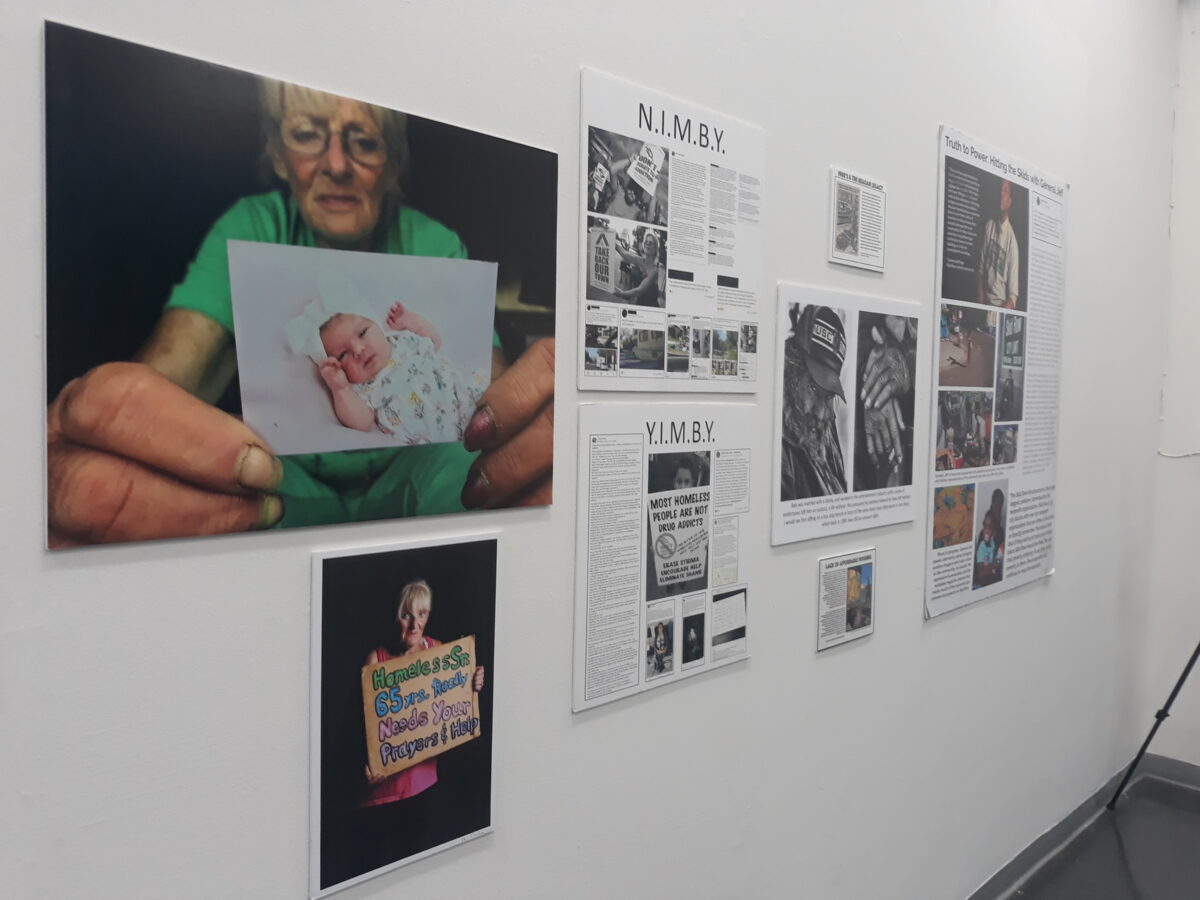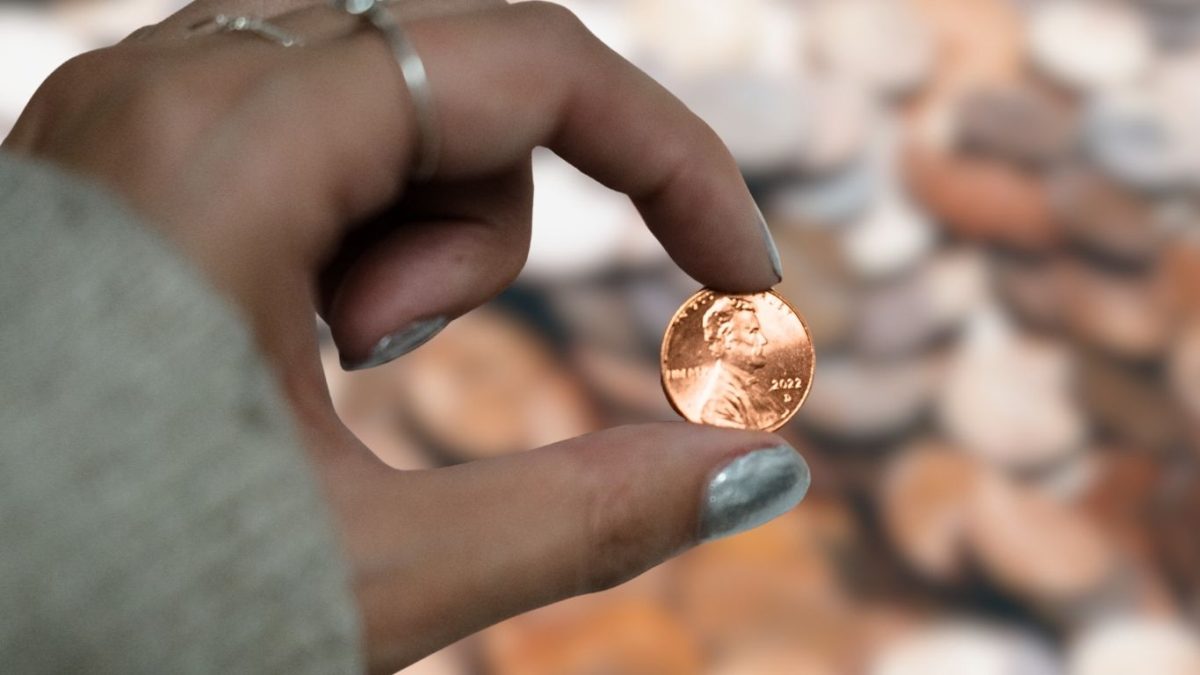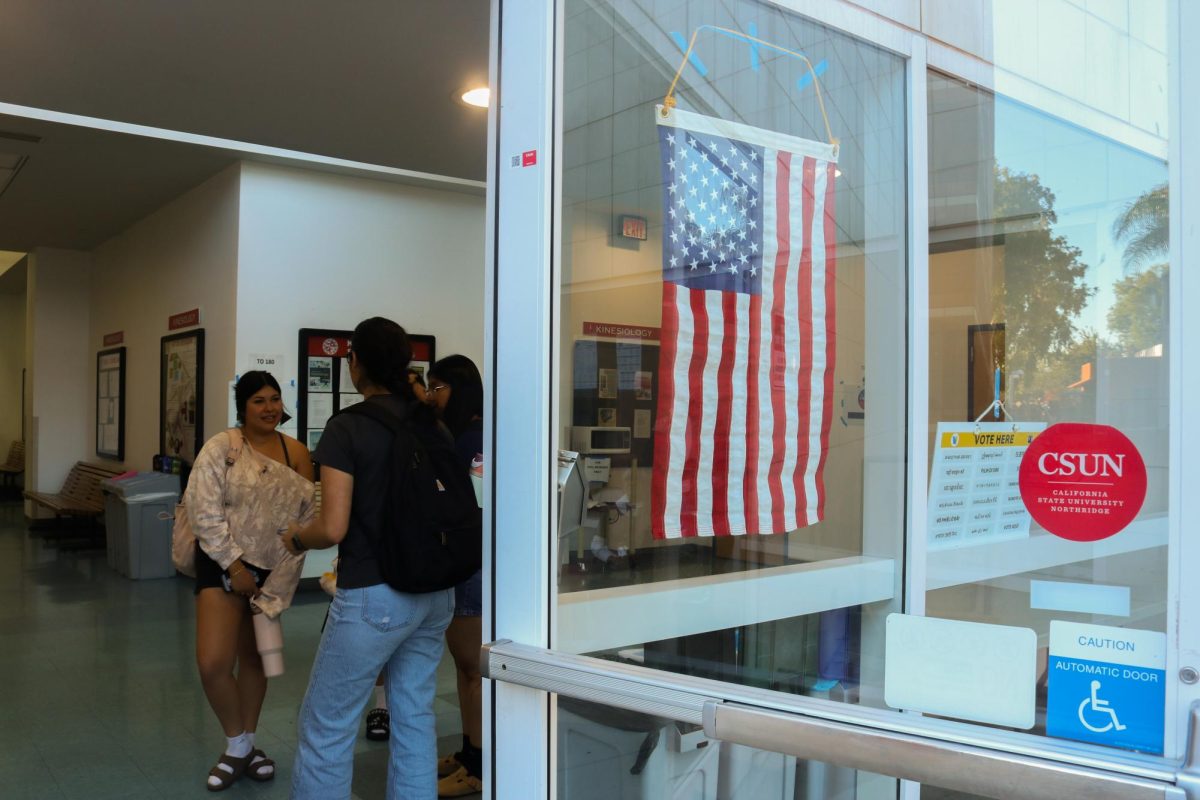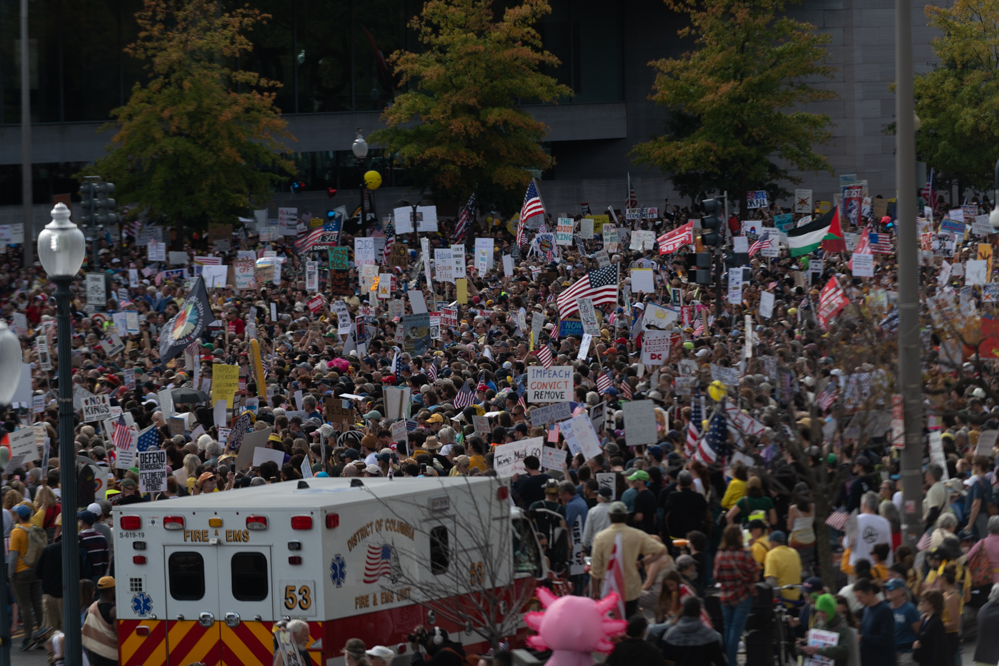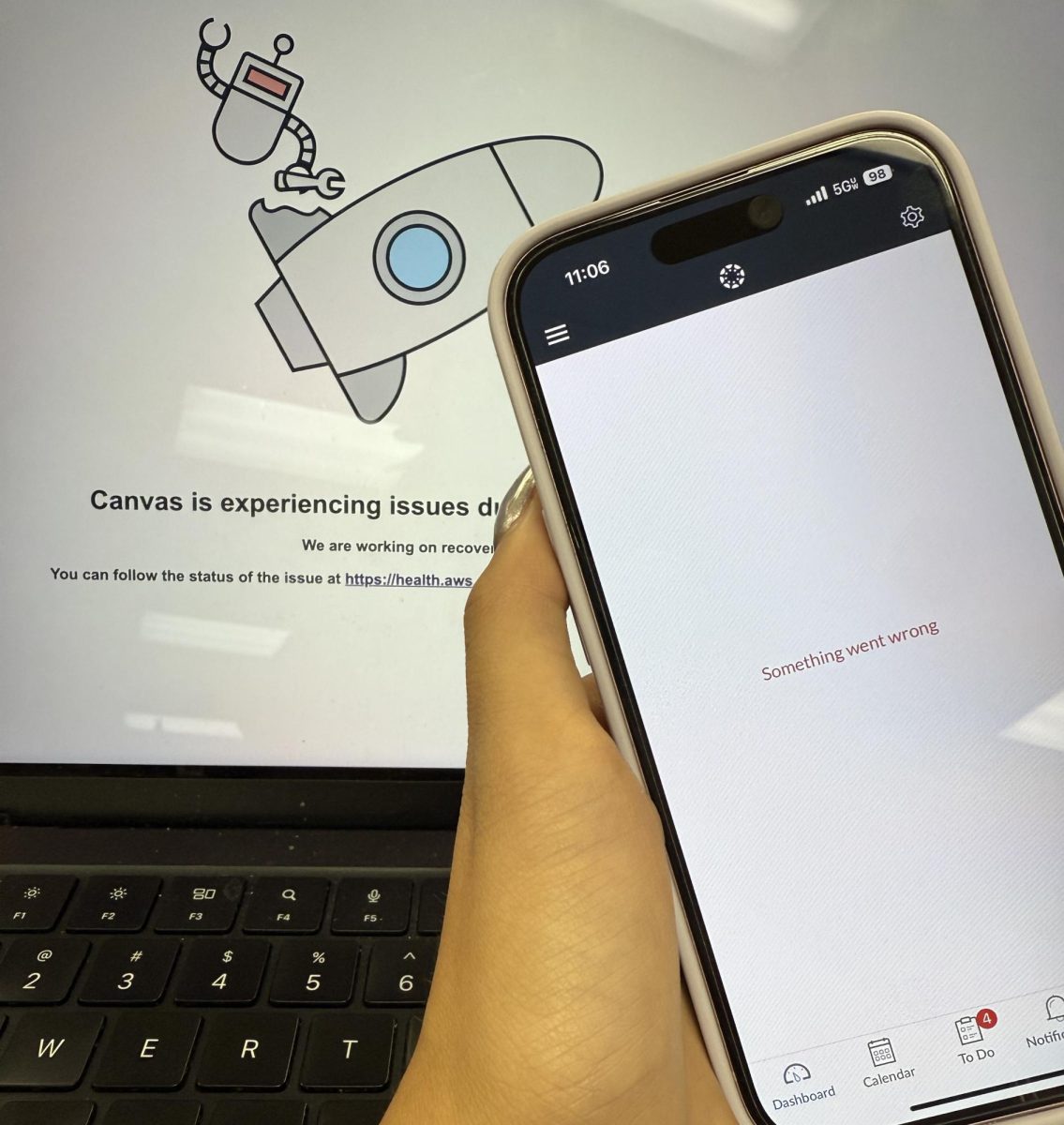Some people live in tents on the streets of Skid Row. Others spend the night in RVs. Some find shelter in temporary housing as they wait for a place to become available. People experience homelessness and housing insecurity in varying degrees, and many look for ways to make their voices heard.
On Sept. 16, dozens of people from many different walks of life gathered in a narrow building on Broadway Street to share their stories about homelessness. A photo exhibit was set up displaying pictures of the individuals in question, along with excerpts telling people about their life stories.
The gallery was brought together by the Los Angeles Poverty Department (LAPD), a theater group that portrays the experiences of the impoverished. Put together by LAPD directors John Malpede and Henriëtte Brouwers, as well as CSUN journalism professor David Blumenkrantz, the gallery was on display in the Skid Row History Museum & Archive. It featured photos from many photographers who have documented homelessness through their work.
Malpede, who has been a director at the LAPD since 1985, says the most rewarding part of his work is “building relationships with the people in the community, and helping them to be able to stand up for themselves.”
Malpede and Brouwers both said they want to raise awareness about the unique journey each person in the homeless community has experienced to get to where they are now.
“Everybody who is homeless has a story, is a real individual,” said Brouwers, who is the associate director of LAPD.
Many people who have experienced homelessness came to the exhibition and shared their stories. One of them, a poet named Alexander who works with the LAPD, said that when we refer to people as homeless, we’re forgetting that the Earth is their home.
“Ain’t no such thing as homelessness,” he said. “It’s a made-up construct.”
Two days before the exhibition opened, six people who have either experienced homelessness or work for organizations dedicated to helping the homeless came to CSUN. The panelists shared their life stories and answered questions from students taking the investigative reporting class.
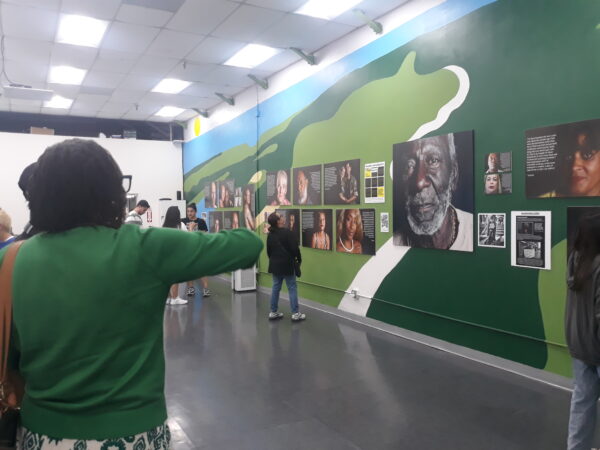
Kathy Huck, a pastor who works for the nonprofit About My Father’s Business, went to both events. The photos made her reminisce about all the people she has met through outreach.
“I knew Ronald in 2016,” Huck said, pointing to a photo of an older man with bags under his eyes. “I’m not sure if he’s still alive.”
At the panel in Manzanita Hall, Huck talked about homelessness being like a revolving door of people getting placed in temporary housing and ending up back on the streets. She said a large reason for this trend is that many people in society don’t want to listen to their voices.
“They deserve a seat at these city council meetings, at city level. They deserve a seat at Hope of the Valley,” Huck said, referring to the charity now called Hope the Mission, which provides resources and services for homeless individuals. “We treat them as kids at Thanksgiving. We seat them at the kids’ table and decide when they get to have dessert.”
The photo gallery even attracted CSUN students outside of the journalism major. Alexander Trujillo, a sociology major who just transferred to CSUN, came to the event because he’s had his own encounters with homelessness. He shared Malpede and Brouwers’ sentiment that it’s important to tell people’s stories through events like this.
“I hope this event showcases the people, that it brings awareness to what’s happening at this stage in history, this particular moment, in this city and this state,” Trujillo said. “Everyone’s life has value, everyone’s life has meaning and everyone’s capable of greatness.”
Trujillo, who photographed the event, said he plans to go to more exhibits in the future.
The photo gallery will be on display every Thursday through Saturday from 2-5 p.m. until Nov. 18.
